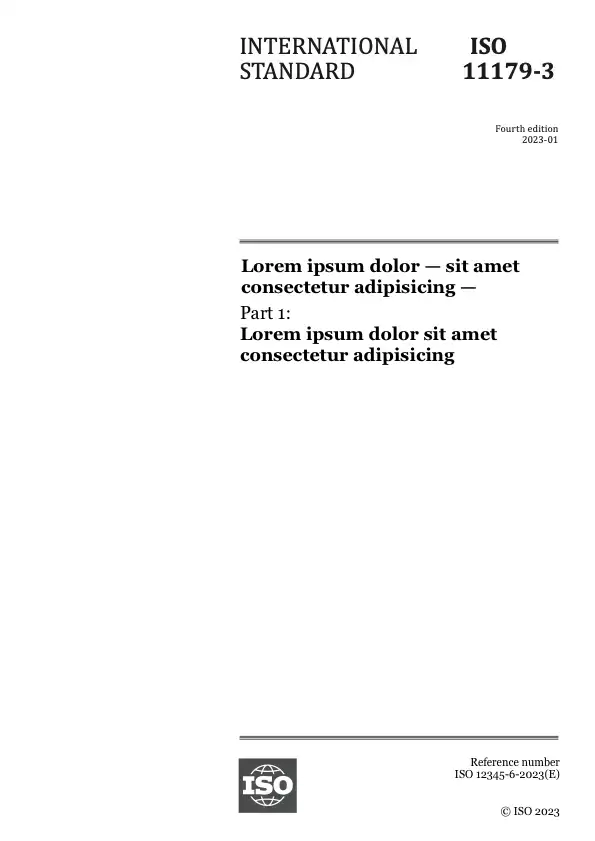Abstract
This document specifies general methods for the calculation of predicted energy savings (PrES), using measure-based calculation methods, also known as bottom-up or energy performance improvement actions (EPIAs)-based methods (see ISO 17742). Indicator-based methods (see ISO 17742) and total-consumption-based methods (see ISO 50047) are not included in the scope of this document.
This document provides general principles for categorizing and choosing the method, taking account of the context, targeted accuracy and resources available for calculating the PrES. It also provides guidance on the conditions for ensuring the quality of the PrES, their documentation and validation.
It is applicable to calculation of PrES for any:
— type of EPIA;
— end-use sector;
— energy end-use;
— level of aggregation of energy savings;
— stakeholder.
NOTE 1 Stakeholders can include private or public organizations, energy auditors, energy services companies, energy and equipment suppliers, policy makers, etc.
This document considers PrES from:
— an EPIA; and/or
— an action plan, programme or policy (aggregated energy savings).
NOTE 2 An action plan, programme or policy can be implemented at different scales (organization, city, region, country).
This document describes how to calculate PrES over a prediction period. It can be used to calculate PrES in terms of primary energy or final (or delivered) energy (as defined in ISO 50047 and ISO/IEC 13273-1).
Read sample
General information
-
Status: PublishedPublication date: 2019-02Stage: International Standard under systematic review [90.20]
-
Edition: 1Number of pages: 53
-
Technical Committee :ISO/TC 301ICS :27.015
- RSS updates
Life cycle
Got a question?
Check out our FAQs
Opening hours:
Monday to Friday - 09:00-12:00, 14:00-17:00 (UTC+1)

